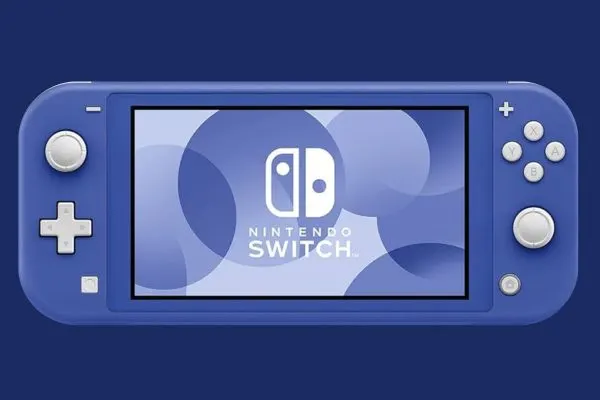Elon Musk's Starlink took another step towards its India launch by officially coming together with the Unique Identification Authority of India (UIDAI). The satellite internet company will now utilize Aadhaar authentication for customer verification prior to adding subscribers in India.
As per an official release, UIDAI has onboarded Starlink Satellite Communication Pvt Ltd as a sub-authentication and sub-eKYC user agency officially. This action implies that all Starlink customers in India will undergo Aadhaar authentication for customer verification, resulting in a secure and seamless onboarding experience.
Government approval opens up Starlink in India
The Indian Government has granted Starlink permission to provide satellite-based broadband services in India. According to the permission, the Elon Musk company will most likely bring nearly 20 lakh subscribers in its initial phase.
Starlink's launch is a strong complement of India's digital identity landscape and global satellite technology, officials have said. "Aadhaar e-KYC will facilitate ease of onboarding as well as compliance with regulation," the statement continued.
UIDAI's CEO Bhuvnesh Kumar, Deputy Director General Manish Bhardwaj, and Starlink India Director Parnil Urdhwareshe attended the signing ceremony.
Aadhaar verification: a game changer for Starlink
By using Aadhaar authentication for customer verification, Starlink will reduce the time taken for user onboarding. Customer authentication for telecom service previously involved a lot of paperwork. Aadhaar-based e-KYC, however, enables instant digital authentication, so both the company and customers enjoy a hassle-free experience.
Players in the industry are convinced this will provide Starlink with a competitive edge, particularly in rural and distant parts of India where paperwork is an impediment. The satellite-based internet service operator is set to focus on residences, small enterprises, and institutions that have no stable connectivity.
Alliances with Airtel and Jio
Starlink is not operating solo in its Indian foray. The company has partnered with telecom giants Bharti Airtel and Reliance Jio to provide services more efficiently. The tie-ups will potentially cover anything from infrastructure support to last-mile connectivity.
The collaboration highlights the possibility of coexistence of satellites and ground networks to deliver high-speed internet to millions of Indians who remain unequipped.
Internet up to 200 Mbps
Earlier this year, the Minister of State for Telecommunications and Rural Development, Chandra Sekhar Pemmasani, had confirmed that Starlink can provide speeds of up to 200 Mbps. He had assured that the services of Starlink, available to about 20 lakh users, would not adversely affect the current telecom operators.
"Starlink can onboard 20 lakh customers in India and deliver a peak speed of 200 Mbps. That won't impact telecom services in any way," the minister said at a BSNL review meeting.
Why Aadhaar is crucial to Starlink's India plans
The application of Aadhaar authentication for customer verification is a part of the government's broader digital push. Aadhaar has already transformed the manner in which banks, fintechs, and telecom companies authenticate customers. By joining this ecosystem, Starlink gains the authority to comply with India's robust KYC and data protection standards.
Experts further point out that the process will also help to create confidence among Indian consumers, who are naturally suspicious of foreign service providers. Aadhaar authentication not only provides for compliance, but also provides users with confidence that their identity is safely authenticated.
Starlink's emphasis on rural India
Starlink's approach in India is heavily concentrated in rural and underprivileged regions. Large segments of the country, particularly in hilly and rural regions, lack reliable internet connectivity. Government-owned BSNL has been the only available choice provider in most such regions, but satellite connectivity will bridge the gap.
With its constellation of low-earth orbit satellites, Starlink can deliver high-speed broadband without the cost of ground infrastructure. The roll-out will enable education, healthcare, and small business in the hitherto digitally inaccessible parts of the globe.
The path forward
While the approval and UIDAI alliance are milestones, analysts warn that Starlink has to tread India's competitive telecom market cautiously. Price, quality of service, and alliances would be inescapable drivers of adoption.
Yet, by embracing Aadhaar authentication for customer verification, Starlink has positioned itself in sync with India's safe digital identity platform—a major step in achieving regulatory and customer trust.
For Elon Musk, it is not just about expanding the global footprint of Starlink but also gaining access to one of the biggest internet expansion markets globally. A success in India can be replicated in other countries looking at how satellite broadband services can be incorporated into national ID programs.


